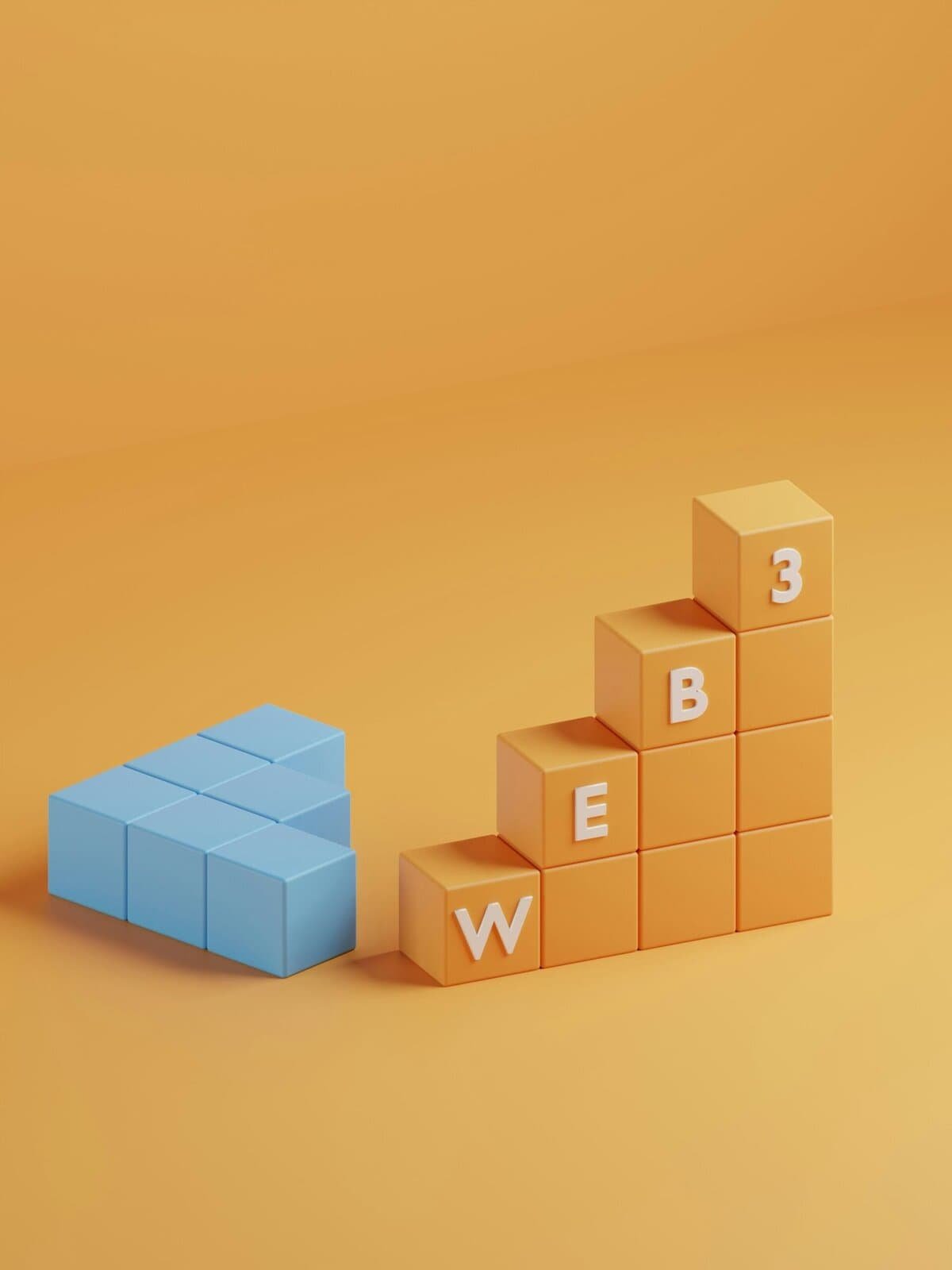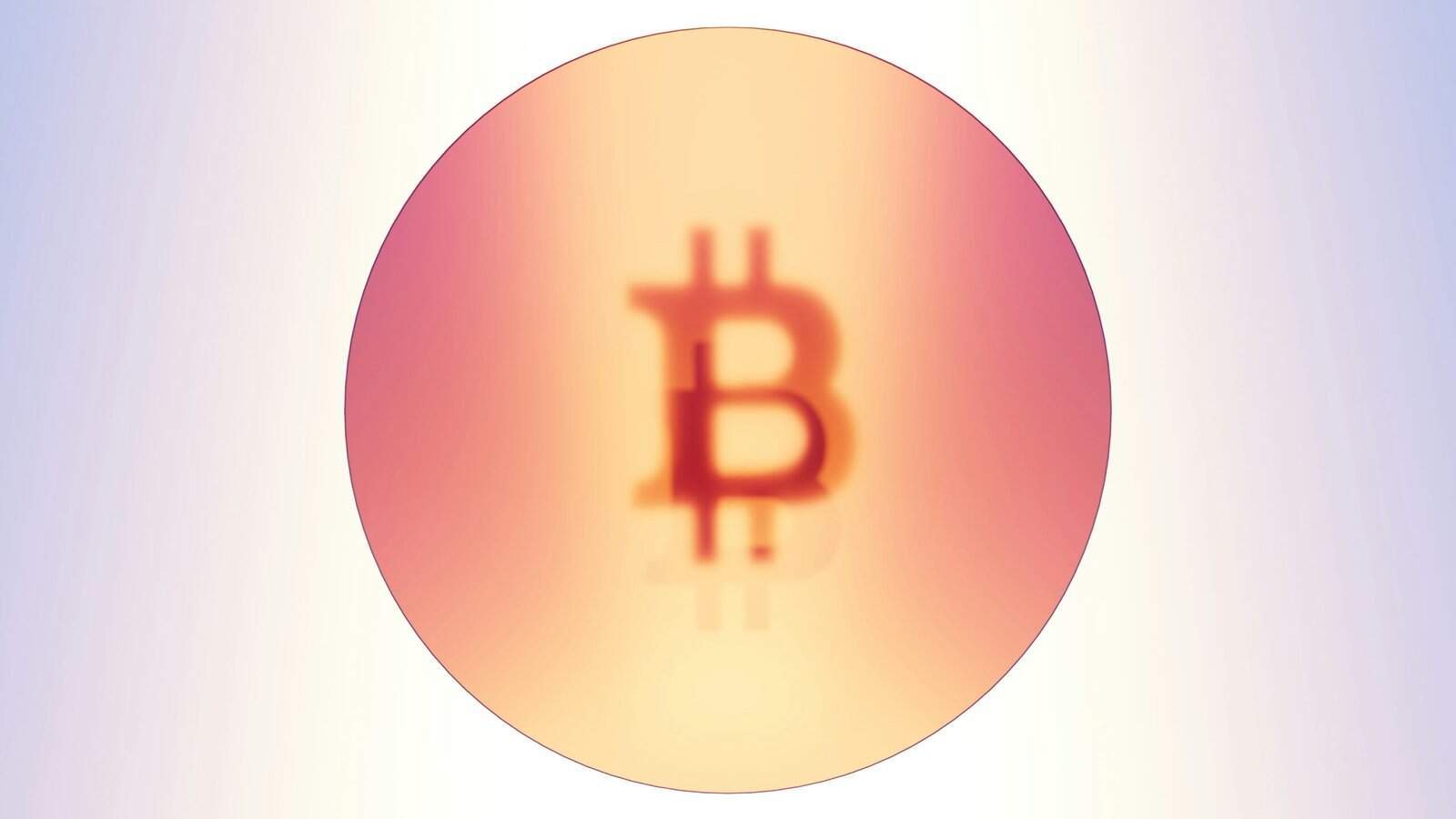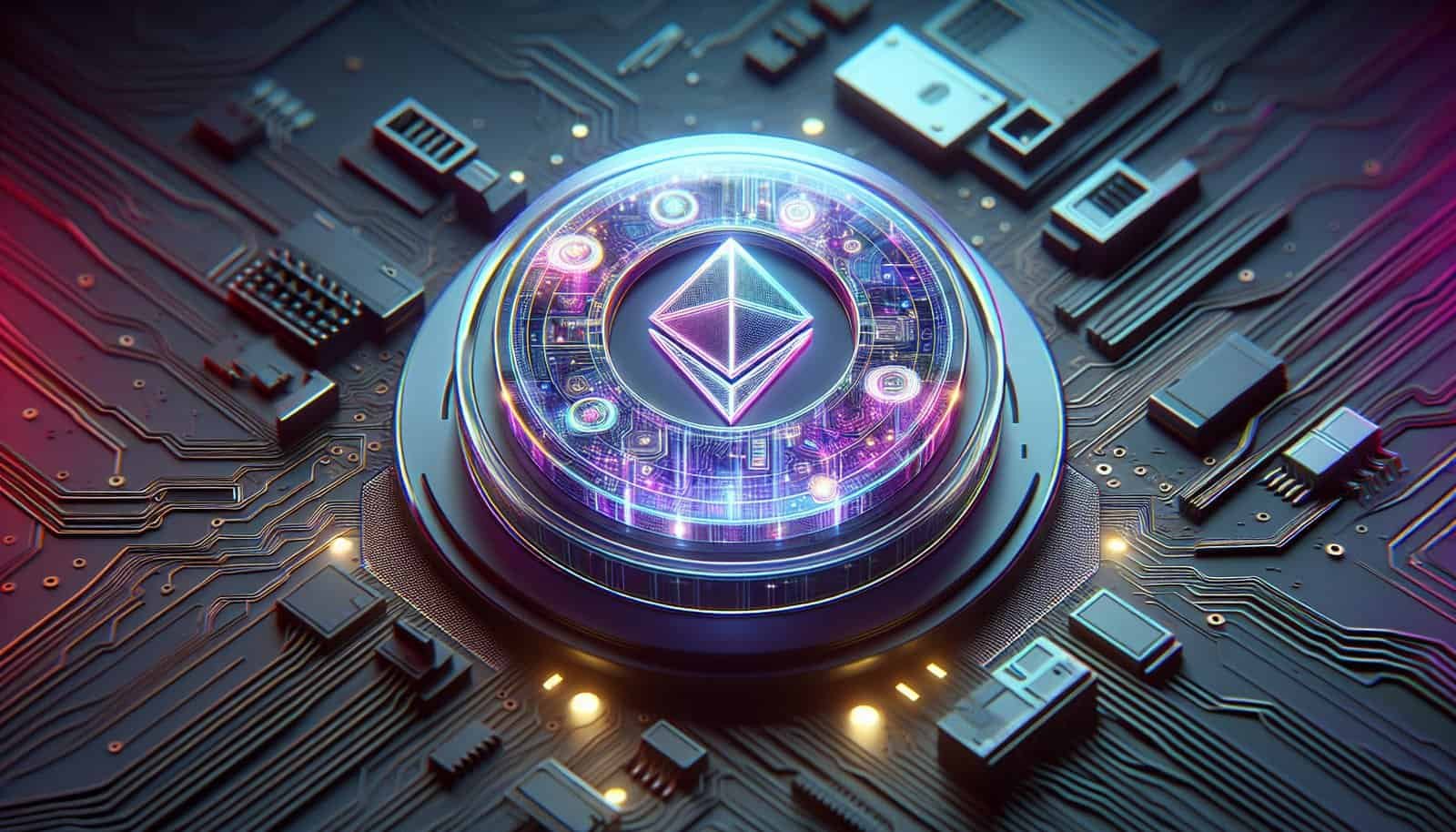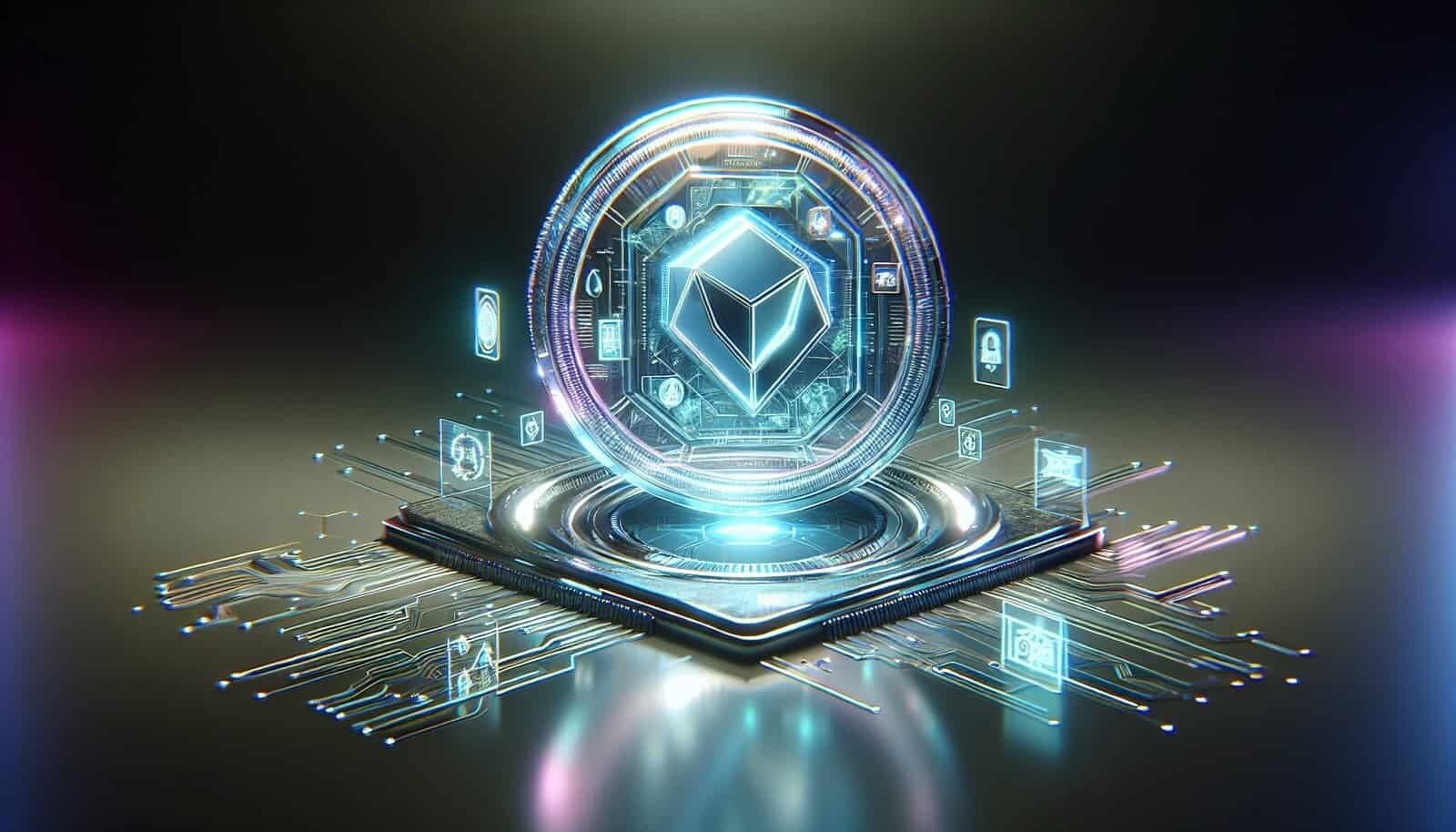Are you wondering how NFTs have grown into tools that go far beyond digital art in 2025?

How Are NFTs Evolving Beyond Art In 2025?
You’re looking at a technology that began as a simple proof of digital ownership for images and collectibles and has become a versatile building block across industries. In 2025, NFTs are less about picture ownership and more about identity, access, finance, real-world asset tokenization, and programmable rights that interact with the broader internet economy.
What changed since the early NFT boom?
You remember the early days when NFTs were mostly profile pictures and collectible experiments. Since then, multiple technical, economic, and regulatory developments have shifted the landscape. Networks became more efficient, standards matured, and developers invented patterns that let NFTs carry state, act as accounts, and represent legally meaningful rights.
These changes let you use NFTs as functional tools rather than only as status symbols. You can now hold an NFT that represents a loan agreement, a membership key, or verifiable credentials for your education or employment—often with richer interactivity than a static token.
Key technical advances enabling new NFT use cases
You don’t need to be a blockchain engineer to appreciate the building blocks that made these new uses possible. Several layers of innovation have reduced friction, increased privacy, and added programmability.
- Layer-2 scaling and rollups: These make minting, transferring, and interacting with NFTs cheaper and faster so applications can onboard more users.
- Token standards evolution: Beyond ERC-721 and ERC-1155, newer standards and patterns enable token-bound accounts, composability, and non-transferable (soulbound) tokens.
- Oracles and oracle networks: These feed real-world data and events into NFT logic for dynamic behavior.
- Decentralized storage and content addressing: IPFS, Arweave, and hybrid approaches make metadata more censorship-resistant and durable.
- Zero-knowledge proofs: ZK tech improves privacy and enables confidential NFTs or selective disclosure of attributes.
- Cross-chain bridges and interoperability layers: These allow NFTs to move or be represented across multiple blockchains, opening multi-chain economies.
Each of these advances reduces previous technical limits and lets you build real-world and user-friendly applications around NFTs.
Token-bound accounts and account-like NFTs
You may encounter token-bound accounts (TBAs) that let an NFT control a smart contract wallet. That means your NFT can own assets, interact with DeFi, and run logic tied to the token itself.
With TBAs, the NFT is no longer just a pointer; it becomes a programmable agent. You can attach assets, subscriptions, and permissions to that NFT in a way that follows the owner wherever it goes.
Soulbound and non-transferable tokens
You’ll also see non-transferable or “soulbound” tokens used for credentials and reputational systems. When a token must remain bound to your identity—for academic credentials, licenses, or attestations—non-transferability helps preserve trust and prevents resale of rights.
These are useful when the value is tied to an individual’s reputation or qualifications rather than a tradable commodity.
Use cases beyond art: categories and examples
NFTs now serve in many domains. Below is a high-level table that summarizes major categories, their primary function, and example use cases you’ll likely encounter.
| Category | Primary Function | Example Use Cases |
|---|---|---|
| Identity & Credentials | Verifiable, non-transferable claims about a person or organization | Academic diplomas, professional licenses, KYC-backed identity badges |
| Access & Membership | Permissioned entry or recurring access to services and events | Event tickets, membership passes, subscription management, gated communities |
| Gaming & Metaverse | Interoperable, programmable in-game assets or land parcels | Cross-game skins, play-to-earn assets, virtual real estate with rights |
| Finance & DeFi | Financial instruments or collateral that interact with DeFi protocols | NFT-backed loans, fractional ownership, yield-bearing NFTs, insurance contracts |
| Real-World Asset Tokenization | Digital representation of physical assets or rights | Real estate shares, carbon credits, supply-chain provenance for luxury goods |
| Intellectual Property & Licensing | Rights management and royalty automation | Music and media licensing, IP provenance, automated royalty splits |
| Governance & DAOs | Membership keys and voting power with richer semantics | DAO membership NFTs, proposal-weighting tokens, reputation-based voting |
| Identity & Reputation | Non-financial trust metrics tied to actions and qualifications | Credit scoring, reputation histories, community roles |
| Compliance & Traceability | Auditable records for regulatory and legal needs | KYC-compliant transfers, supply-chain tracking, provenance records |
This table gives you an idea of the breadth of activity that now sits on top of NFTs.

Identity: NFTs as verifiable credentials
If you’ve ever had to prove your education, employment, or professional license, you know how fractured the ecosystem is. NFTs have matured as a format for verifiable claims in 2025.
- You can hold a non-transferable NFT that proves you completed a course, passed a certification exam, or hold a professional license. This NFT can include cryptographic attestations from trusted issuers.
- Employers and services can verify credentials instantly without contacting external registries.
- Privacy-preserving models let you disclose only what’s needed—e.g., “you’re over 18” rather than your birthdate—using selective disclosure or zero-knowledge proofs.
This use reduces fraud and streamlines onboarding across industries like education, healthcare, and regulated professions.
Practical example: education credentials
You can receive an NFT from a university that asserts you earned a degree. That token contains signed metadata and an issuer signature. When applying for a job, you present the token; the hiring party can verify the issuer’s signature on-chain or via a verifiable credential schema. You retain control of which details to share.
Access and memberships: NFTs as digital keys
NFTs have become the digital equivalent of keys and membership cards. You use them to get in-person or online benefits, control subscription logic, and enforce time-limited or usage-limited rights.
- Ticketing: Event tickets as NFTs reduce fraud and scalping when paired with dynamic transfer rules.
- Memberships: Clubs and subscriptions issue NFTs that grant perks, gated content, or voting power.
- Access revocation and upgrades: Smart contracts enable rules for automated upgrades, tiered benefits, or expiration.
Because NFTs are programmable, you can embed complex logic—like refund rules, resale royalties, and secondary-market controls—directly into access tokens.
Table: NFT-based access features
| Feature | Why it matters to you | Typical implementation |
|---|---|---|
| Transfer controls | Reduce scalping, enforce KYC | Time locks, whitelist transfers |
| Dynamic perks | Change benefits over time | On-chain metadata updates via oracles |
| Secondary royalties | Share proceeds with organizers | Royalty splits enforced in smart contracts |
| Proof of attendance | Verifiable record of participation | Minted POAP-like NFTs with attestations |
This helps you understand how NFT tickets and passes can be more functional than traditional alternatives.

Gaming and the metaverse: composable and interoperable assets
In 2025, gaming is one of the most mature non-art NFT use cases. You use NFTs as tradable in-game assets, interoperable across multiple titles, and as programmable objects that interact with DeFi.
- Interoperability: Standards and middleware let items move between games or have shared economies.
- Token-bound accounts: An armor NFT might hold upgrades and power-ups itself.
- Play-to-earn evolutions: Economies are tuned for sustainability, with on-chain governance and reward mechanics that try to avoid speculative bubbles.
You’ll find NFTs powering player-owned economies, with better UX and lower friction than earlier experiments.
Example: cross-game NFT items
Imagine a sword that’s an NFT and can be equipped in several games. The sword’s metadata and smart contract define how attributes translate between game environments. The outcome is an ecosystem where your items maintain value and utility beyond a single title.
Finance and DeFi: NFTs as financial primitives
You can now use NFTs as collateral, structured financial products, and yield-bearing instruments. The combination of fractionalization and protocol integration has unlocked many possibilities.
- NFT-backed loans: Lenders accept NFTs as collateral, and you can get liquidity without selling your asset.
- Fractional ownership: Expensive NFTs or real-world assets are split into fungible shares so multiple investors can participate.
- Yield-bearing NFTs: Protocols wrap NFTs in structures that generate returns, such as lending pools or liquidity-mining wrappers.
These financial primitives let you treat NFTs as assets in financial portfolios, with familiar risk/return analyses and regulatory considerations.
Table: NFT finance mechanisms
| Mechanism | What you can do | Risk considerations |
|---|---|---|
| Collateralized loans | Borrow without selling NFTs | Valuation volatility, liquidation risk |
| Fractionalization | Own a share of high-value assets | Governance, legal ownership clarity |
| NFT derivatives | Short/long exposure to NFT indexes | Counterparty risk, market manipulation |
| Yield wrappers | Earn yield on NFT exposure | Smart contract risk, protocol risk |
Use these mechanics cautiously; they offer liquidity but also expose you to new risks.

Real-world asset tokenization: bridging on-chain and physical rights
Tokenization turns ownership and rights in the physical world into digital tokens. You can use NFTs to represent deeds, shares of property, certificates for collectibles, and carbon credits. In 2025, this area matured in both technical and legal aspects, though it still requires careful structuring.
- Property and deeds: NFTs can represent fractional shares backed by legal agreements. They accelerate settlements and allow fractional investment in real estate deals.
- Supply chain provenance: NFTs function as digital twins that track an item’s lifecycle, authenticity, and transfers.
- Carbon credits and environmental assets: Tokenized credits are traceable and tradable, potentially improving transparency.
Because real-world legal frameworks vary, NFT representations usually coexist with off-chain legal documents and registries, often linked via secure attestations.
Example: luxury goods provenance
You buy a high-end watch that comes with an NFT representing authenticity and full provenance. Manufacturers and certified appraisers add attestations to the token over time, creating a trustworthy record for resale and insurance.
Intellectual property, music, and content licensing
You can use NFTs to automate licensing and royalties for creators and rights holders. The technology supports programmable splits, transparent revenue sharing, and provenance tracking for creative works.
- Music and media: NFTs represent rights or revenue shares, letting fans directly support artists and share in success.
- Licensing automation: Smart contracts can enforce terms—such as usage rights and territory restrictions—without intermediaries.
- Interoperable rights ledger: NFTs can record who owns what rights to a piece of IP and how those rights are subdivided.
These use cases reduce friction in licensing but still integrate with existing rights management systems and legal contracts.
Practical consideration: enforceability and off-chain systems
While an NFT can encode licensing terms, enforcement often requires integration with off-chain systems, industry bodies, and legal contracts. You should assume an NFT is a strong index of rights, but not a full replacement for well-structured legal agreements—yet.

Governance, DAOs, and reputation-managed decision systems
You’ll find NFTs used as membership passes and reputation tokens in decentralized governance. They let you apply nuanced voting weights, create credentialed voting, and incentivize long-term participation.
- Reputation systems: Non-transferable tokens reflect contributions and trust within communities.
- Weighted voting: NFTs with different attributes can carry varied governance influence.
- Role-based access: NFTs grant roles and permissions inside DAOs and collaborative organizations.
These patterns improve alignment and governance granularity compared to simple fungible governance tokens.
Privacy and security improvements
Your privacy and security expectations have improved with advancements like zero-knowledge proofs and better custody solutions.
- Confidential attributes: ZK proofs let you prove attributes of an NFT holder without revealing identity.
- Account abstraction & smart wallets: You can recover keys, delegate actions, and use more human-friendly security models.
- Improved custodial choices: Non-custodial UX improves with social recovery and smart contract wallets, reducing reliance on centralized custodians.
These changes make NFTs more practical for everyday use and compliant scenarios.
Regulatory and legal context in 2025
You’ll need to pay attention to regulation when dealing with NFTs, especially when they cross into financial products, securities-like behavior, or regulated goods.
- Securities law: Regulators examine whether certain NFT offerings resemble investment contracts. If they do, they may fall under securities regulation.
- AML/KYC: Marketplaces and issuers offering regulated products often implement KYC for participants.
- Tax considerations: Jurisdictions treat NFT sales and tokenized asset transfers differently; you should track tax obligations upon sale, transfer, and income generation.
Understanding local and international regulations helps you avoid legal traps and design compliant products.
Practical advice: due diligence
If you’re buying NFTs tied to real-world value or financial returns, verify the legal structure and documentation. When building or issuing tokens, consult legal counsel to ensure compliance with securities, consumer protection, and tax laws.
Marketplaces and infrastructure beyond traditional art markets
NFT marketplaces broadened to serve vertical use cases: ticketing marketplaces, academic credential registries, real estate token platforms, and B2B provenance systems. Infrastructure providers now offer specialized tooling: custody APIs, compliance middleware, identity attestations, and storage solutions.
This verticalization means you can find marketplaces tailored to your needs rather than a single, generalized marketplace.
Interoperability and standards: the glue that connects ecosystems
As NFTs are used across sectors, standardization matters. Interoperability standards and middleware make assets usable across wallets, marketplaces, and games.
- Common metadata schemas and composable standards enable developers to build tools that work across multiple platforms.
- Bridges and wrapped representations let tokens move across chains while preserving provenance.
- Oracles sign and verify cross-domain events so NFTs can react to off-chain conditions.
This connective tissue is essential for any NFT system that aims to scale beyond a single isolated ecosystem.
Challenges and ongoing limitations
NFTs have come a long way, but challenges remain. You should be aware of these when interacting with or building NFT solutions.
- Legal clarity: Tokenizing rights still requires sound legal constructs and jurisdiction-specific frameworks.
- User experience: Wallets, key management, and onboarding still need better abstraction for mainstream audiences.
- Valuation volatility: Many NFT markets remain speculative; assessing intrinsic value can be hard.
- Interoperability gaps: While improved, not every chain or standard provides seamless cross-platform functionality.
- Smart contract risk: Bugs and exploit risks persist; audits and insurance options are important.
- Environmental and energy concerns: Most major networks addressed energy use, but you may encounter legacy chains or poorly designed processes.
Being mindful of these helps you make more informed decisions as a user, investor, or builder.
Practical steps if you want to get involved
If you’re ready to participate—whether as a creator, collector, or developer—here are concrete steps you can take.
- Learn the standards: Understand ERC-721, ERC-1155, and newer token patterns, plus how token-bound accounts and non-transferable tokens work.
- Use reputable platforms: Choose marketplaces and custody providers with strong security and compliance records.
- Evaluate rights and documentation: For tokenized real-world assets, confirm legal agreements and custodial arrangements.
- Consider privacy: Use wallets and solutions that support privacy-preserving features when required by the use case.
- Stay informed on regulation: Monitor legal developments in your jurisdiction to avoid surprises.
These steps help you participate safely and effectively.
Case studies: snapshots of real-world 2025 applications
You’ll find many live examples of NFTs solving real problems. Below are brief, anonymized snapshots illustrating how NFTs are used beyond art.
- University credentialing: A university issues non-transferable NFTs as diplomas, with optional zero-knowledge proofs that let students prove qualifications to employers without leaking personal data.
- Fractional real estate: Residential and commercial buildings are tokenized into NFTs representing shares, enabling smaller investors to participate while legal agreements define governance and payouts.
- Event ecosystem: A conference uses NFT tickets to prevent fraud, automatically issue refunds under certain conditions, and attach post-event perks like recordings that update on-chain.
- Supply chain tracking: A luxury brand mints NFTs to represent each item at production. Every authenticated service (repair, resale, appraisal) adds on-chain attestations, improving trust for buyers.
- DeFi collateral: A lending protocol accepts highly liquid gaming NFTs as collateral but uses oracles and liquidation guards to manage valuation volatility.
These examples show practical, non-art NFT applications delivering tangible benefits.
Future outlook: what to expect next
Looking ahead, you’ll see continued maturation in several areas:
- Standardized legal wrappers will make tokenized real-world assets more widely accepted.
- Privacy-preserving credential suites will become mainstream for identity and compliance.
- Interoperability rails will improve cross-game economies and multi-chain asset mobility.
- More sophisticated financial primitives will emerge, but with stronger risk-management infrastructure.
- Widespread enterprise adoption will create regulated, permissioned NFT deployments for supply chains, healthcare, and government services.
These trends point to NFTs becoming integrated infrastructure rather than a niche collectible market.
Risks to watch and how to mitigate them
You can’t ignore the risks. Here are major risks and practical mitigation strategies.
- Smart contract bugs: Use audited contracts and consider insurance or bug-bounty programs.
- Regulatory exposure: Get legal advice and design with compliance in mind (KYC, AML).
- Liquidity risk: Be cautious with assets that have limited secondary markets; diversify holdings.
- Custody risk: Use trusted wallets, consider multi-signature setups, or reputable custodians depending on your tolerance for self-custody.
- Data durability: Use decentralized storage with redundancy and verifiable content-addressing.
Taking these precautions helps you capture upside without unnecessary exposure.
Recommendations by role
If you’re a creator, collector, developer, or enterprise, here are targeted tips for how to engage with NFTs in 2025.
- Creator: Use NFTs to offer layered utility—access, fractional ownership, or subscription-like benefits—while ensuring licensing and rights are clearly documented.
- Collector/Investor: Focus on use-case viability and on-chain utility, not just brand hype; verify legal backing for tokenized real-world assets.
- Developer: Prioritize standards interoperability, modularity, and user-friendly wallet integration; include upgrade paths and security audits.
- Enterprise: Pilot permissioned NFT systems with clear legal wrappers and compliance flows; use NFTs to improve traceability and automate contractual rights.
These role-specific tips help you align strategy with practical realities.
Final thoughts
By 2025, NFTs are no longer just art — they’re programmable records, identity tools, financial instruments, and contractual wrappers that interact with the physical world. You’ll find them in credential systems, ticketing, gaming economies, DeFi, supply chains, and more. The technology is still evolving, and the smartest opportunities focus on real-world utility, legal clarity, and strong user experience.
If you want to engage, start small, learn the standards, verify legal and security assumptions, and look for projects that solve concrete problems rather than those promising purely speculative upside. The moment you treat NFTs as functional infrastructure rather than only collectible tokens, you’ll see how broadly they can be applied.
